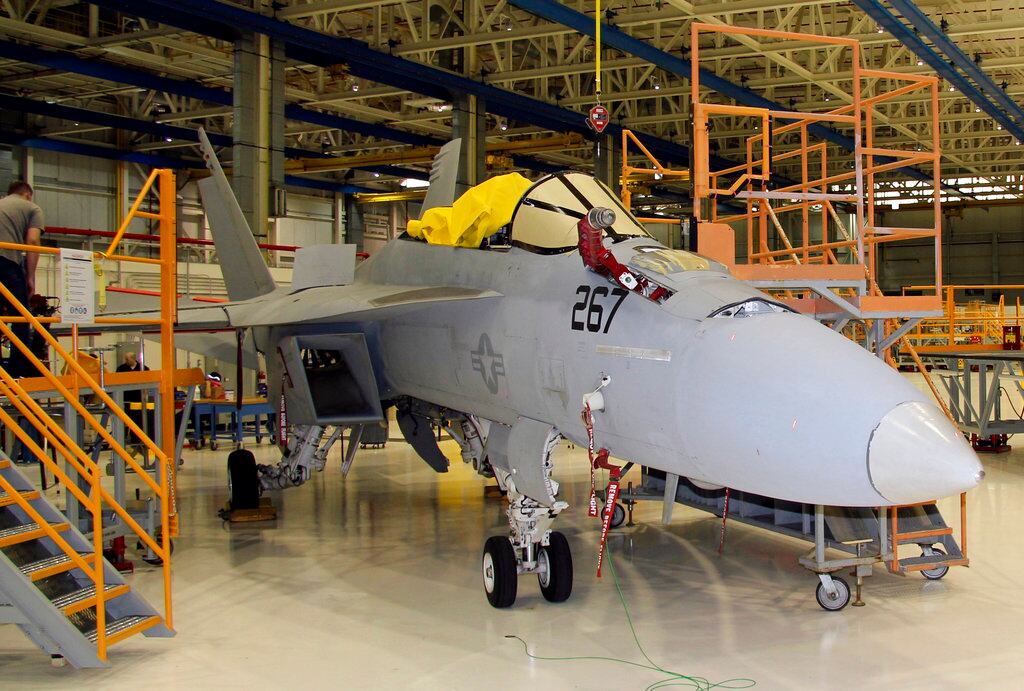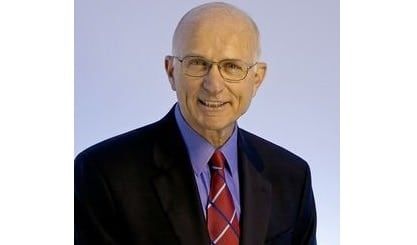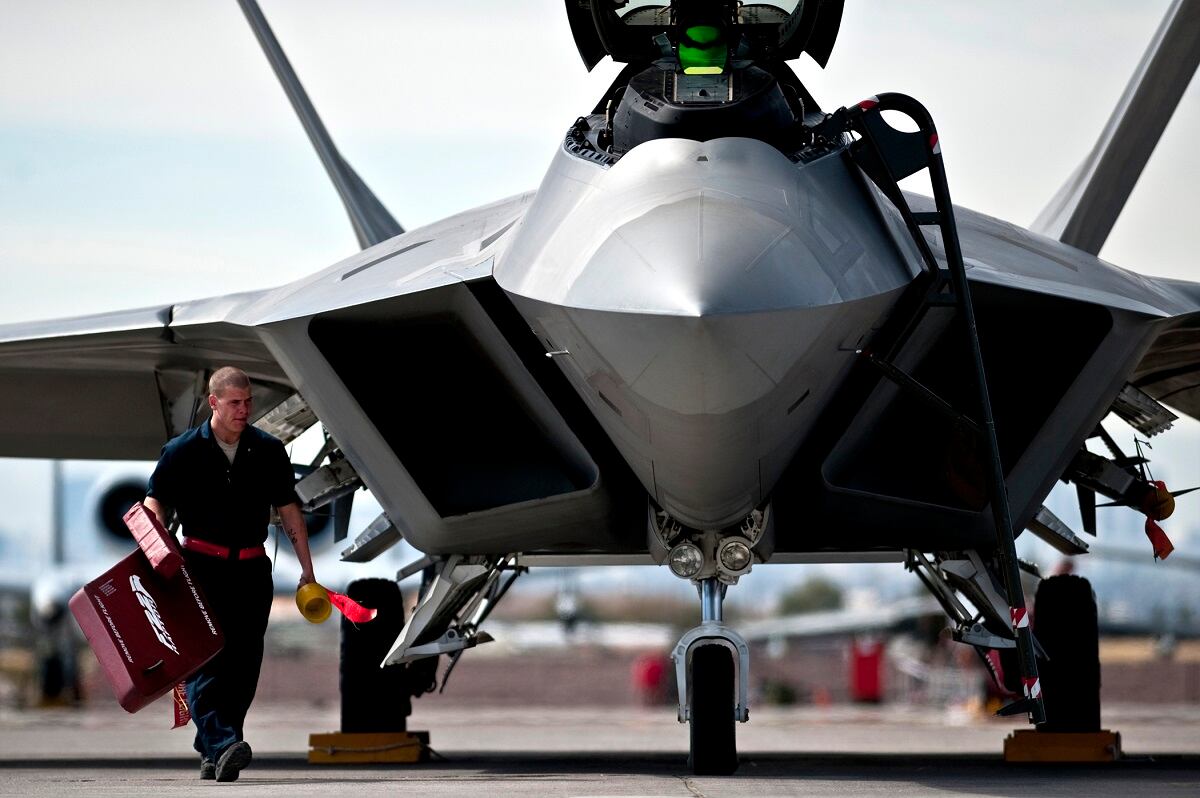Given the current status of our combat aircraft, the recent directive by Secretary of Defense James Mattis that all the Air Force, Navy and Marines achieve a mission capability rate of above 80 percent by Oct. 15, 2019, for their four key tactical aircraft — including the F-16, F-18, F-22, and F-35 fighters — would appear to be both an impossible goal and, more importantly, an empty gesture that will not change much.
For example, currently the overall mission capable rate of the F/A-18 is 53 percent, the F-22 is 49 percent, the F-35 is 55 percent and the F-16 about 68 percent.
However, in dealing with this issue on at least two occasions I am confident that, at least on paper, the services will meet Secretary Mattis’ goal. I know from experience.

I dealt with similar situations twice, first while I was serving on active duty as a naval flight officer in Patrol Squadron 1 (VP-1) in the 1960s; the second during my time in the Pentagon in the Reagan administration.
In 1965, our squadron was deployed to the Marine Corps Air Station in Iwakuni, Japan. On a relatively quiet Sunday, I was serving as the duty officer when I received an urgent message from the office of the commander of Seventh Fleet, who had operational control over all the deployed forces in the Western Pacific. The caller wanted to know the status, or mission capable rates, of the 12 aircraft in our squadron because he needed several planes to be deployed immediately to deal with a crisis. (He did not tell me what it was.)
Reading from a board in the duty office I gave him the actual status of our planes, which at that time was not very good. The caller thanked me and said our mission capable rates were not what they needed to be to deal with this situation and he would call another unit, which he did.
When my commanding officer found out that, as a result of my actions, our squadron had passed on the opportunity to deal with the situation, he was furious and he publicly chewed me out in no uncertain terms. He told me that whenever Seventh Fleet called in the future we were always 100 percent mission capable, which of course we were for the rest of our deployment. The squadron commander believed that since he would only be the commander for one year, taking on these missions would enhance his chances for promotion to captain. (He did make it and I attended his funeral two years ago.)
The second incident occurred nearly 20 years later, in 1984. At that time my boss, Secretary of Defense Caspar Weinberger, was preparing to testify before the Senate Armed Services Committee. Since this was an election year, in his testimony he naturally wanted to laud the accomplishments of President Reagan, who had increased defense spending by almost 50 percent in real terms in his first four years.
As such, the secretary constantly praised all the improvements that the services had made in overall military readiness because of the Reagan buildup. Since I was responsible for readiness — my title was assistant secretary of defense for Manpower, Installations and Logistics — I knew that this was not the case and tried several times to correct his prepared testimony.
He ignored me but the Democrats on the committee had the classified data on the actual readiness rates and had a field day pointing out the discrepancies.
The press, our Republican colleagues, and my boss wanted to know how, with this huge influx of funds for buying all this new equipment, I had not improved the readiness of the forces substantially. The reason, I explained, that readiness had not yet dramatically improved was that the troops had not yet fully learned to operate all the new equipment we were sending them, and that until they did, the units were not technically fully ready.
I have no doubt that the forces we had in 1984 would have performed better in battle than the forces we inherited in 1981. But, technically speaking, our women and men were not yet fully trained to operate the new equipment properly.
Moreover, after that incident the word went out not to be as rigorous in ensuring all the training was completely finalized, and by the time of the election, our military was in great shape.
Based on my own experiences I have no doubt that the services will meet Secretary Mattis’ 80 percent readiness goal, at least on paper. The military follows orders, has a “can-do” culture, and possesses no entirely objective standard for measuring mission capability rates or readiness. Thus, when in doubt they will grade on a curve.
The real issue at hand is whether the situation has actually changed any more than the readiness of our squadron did in Iwakuni in the 1960s, or the Reagan forces did in 1984.

Lawrence J. Korb is a senior fellow at the Center for American Progress and served as assistant secretary of defense (manpower, reserve affairs, installations, and logistics) from 1981 through 1985.





